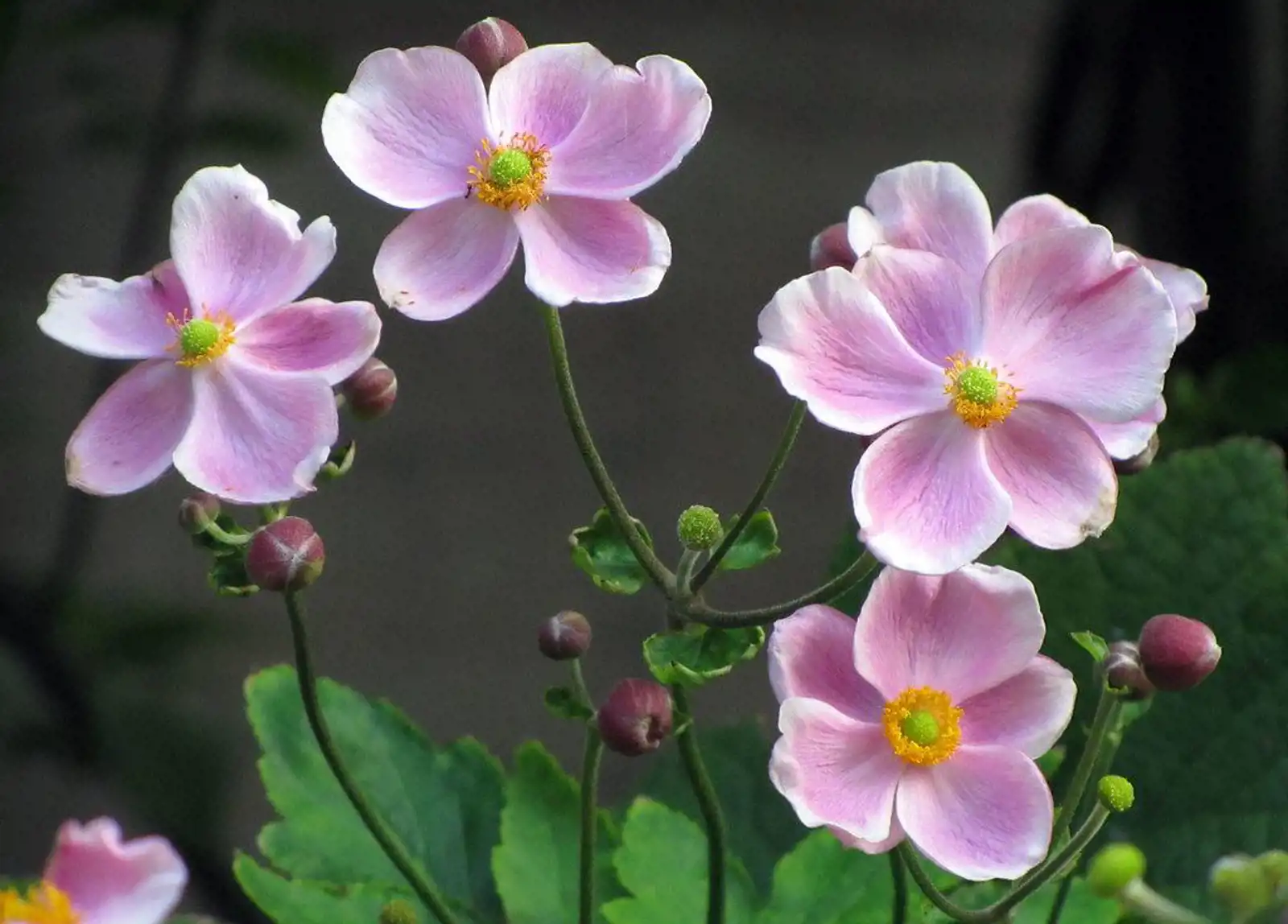Autumn’s PlantLife
Published on 26 September 2023

As summer draws to a close and the leaves start to turn, it can sometimes feel like the colour is disappearing from the plant life around us.
Fear not! At Milton Park, the green open spaces are dappled in natural vibrancy year-round thanks to the landscaping teams’ strategic planting – their hard work ensures a consistently diverse range of flowers throughout the year.
Follow Milton Park’s ongoing ‘PlantLife’ series to find out which flowering plants you should be looking out for across the Park from season to season.
This season, focusing on Japanese anemones:
Botanical name
Anemone hupehensis or Anemone × hybrida
Identifying the plant
Also known by its other names – windflower and Japanese thimbleweed – this beautiful plant can be found in many different varieties and blooms around mid to late summer, through to mid-autumn.
Unlike the flower’s cousin, clematis, its white and pale pink blooms have very little scent, but are perfect for the Park’s late-flying pollinators, soaring above attractive, bushy foliage and reaching heights of up to 150cm (5ft). In winter, it disappears underground to hibernate with green leaves, and doesn’t appear until spring in preparation for its late summer/autumn bloom.
Taking care of the Japanese anemone
If you’re hoping to plant these at home, the Japanese anemone thrives in dappled sun/shade and moist but freely draining soil, making it ideal for woodland glades or herbaceous borders.
As perennials, these plants live for more than two years and help brighten up shady areas. In the right conditions, they can spread easily and may become invasive to other plants or outgrow their designated space. As a result, it’s recommended they’re cut back after flowering in November and then once more in March.
Additionally, they make very popular cut flowers.
What else can it be used for?
The Japanese anemone’s seedheads provide much-needed food for birds in the wintertime, so look out for Milton Park’s feathered friends, who’ll likely be paying these plants a visit as the weather cools off over winter.
Fun facts
Despite being called a Japanese anemone, this bloom’s roots originated in China, from the anemone hupehensis! They’ve since spread into the wild in both China and Japan, before being introduced to Europe in the 1800s.
As well as being poisonous to humans and pets, they are also naturally rabbit and deer-resistant, increasing their robustness in the wild.
Milton Park location
To find these beautiful, tall flowers in bloom at the Park during September, download the walking map below and head down to buildings 57 & 59 by the Milton Feast area.
It’s believed to be 20 years since the Japanese anemone was first planted at the Park – share your images with us on social media using #MiltonParkPlantLife.




